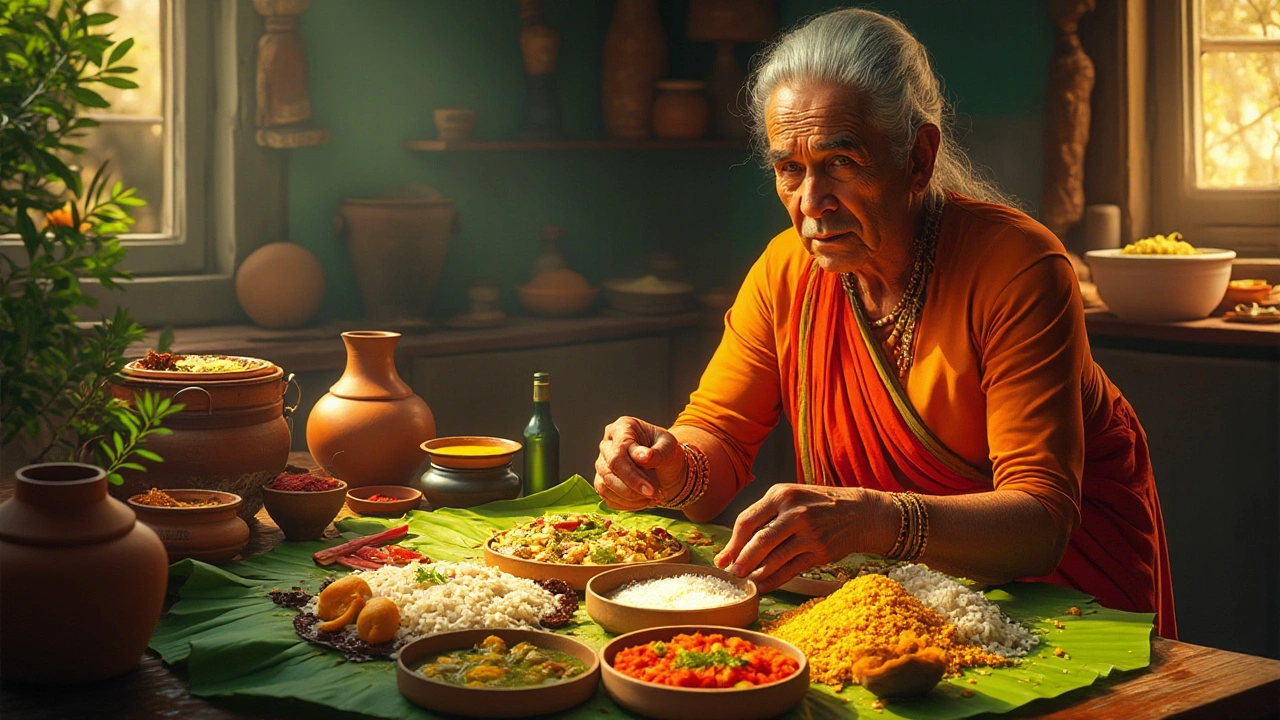Indian dishes – explore flavors, techniques, and regional gems
When you start cooking Indian dishes, traditional meals that reflect India’s vast regions, cultures, and spice palettes. Also known as Indian cuisine, it brings together centuries‑old methods, fresh produce, and bold seasonings. Understanding what makes an Indian dish tick helps you pick the right recipe, adjust heat levels, and keep the authenticity alive in your kitchen.
Key players that shape the Indian menu
A classic example of an Biryani, layered rice dish that blends fragrant basmati, marinated meat or vegetables, and aromatic spices. Biryani shows how Indian dishes use layering and timing to build flavor. Dal, cooked lentils that provide protein, fiber, and comfort in almost every Indian household, demonstrates the staple’s ability to adapt to region, spice level, and texture. Curry, sauce‑based dish that can be creamy, tomato‑rich, or broth‑light depending on the ingredients, ties together vegetables, legumes, or meat with a spice blend that defines the dish’s character. Finally, Chutney, condiment made from herbs, fruits, or nuts that adds a sharp or sweet punch, proves that side items are as crucial as mains in balancing flavors.
These four entities illustrate core semantic triples: Indian dishes encompass Biryani; Indian dishes require Dal for protein; Curry influences the overall taste profile; Chutney enhances the dining experience. Each triple connects a main dish to a technique, an ingredient, or a complementary element, mirroring how home cooks build a complete meal.
Regional diversity is the backbone of Indian dishes. In the north, you’ll find buttery paneer tikka and the iconic butter chicken, while the south favors dosa, sambar, and coconut‑laden curries. Eastern kitchens love mustard‑seed tempering and fish preparations, and the west leans on peanuts, garlic, and tamarind. Knowing where a dish originates guides you to pick authentic spices—like garam masala for north Indian fare or mustard seeds for Bengali specials. It also hints at cooking tools: a tawa for roti, a kadai for deep‑fried snacks, or a pressure cooker for faster dal.
Practical tips cut across the board. Soaking dal for at least 30 minutes reduces cooking time and improves digestibility—a habit many beginners skip. Adding a splash of lemon or a pinch of baking soda to biryani rice can keep grains fluffy and prevent clumping. When you temper spices for a curry, watch the heat; a few seconds too long turns them bitter. For chutney, strike a balance between acidity and sweetness; too much lime can mask the herb’s aroma. And if your roti isn’t puffing, check dough hydration and resting time—soft dough and a hot tawa are the secret combo.
All these insights set the stage for the collection below. You’ll find deep dives into classic Indian dishes, side‑by‑side comparisons like paneer versus tofu, science‑backed explains for why lemon brightens biryani, and troubleshooting guides for common roadblocks such as roti that won’t puff. Browse the list to pick a recipe, learn a new technique, or simply satisfy a craving for authentic Indian flavor.

Indian Cultures with a Deep-rooted Vegetarian Tradition
India is home to one of the largest vegetarian populations in the world, deeply influenced by various cultural and religious beliefs. While Hinduism, Jainism, and Buddhism prominently advocate vegetarianism, each culture and region has its unique dietary practices and philosophies. Exploring the diverse tapestry of these vegetarian traditions unveils not only a wide array of flavorful dishes but also a profound spiritual connection to the practice. This journey through Indian vegetarianism provides insights into how these cultural beliefs shape daily life and cuisine.